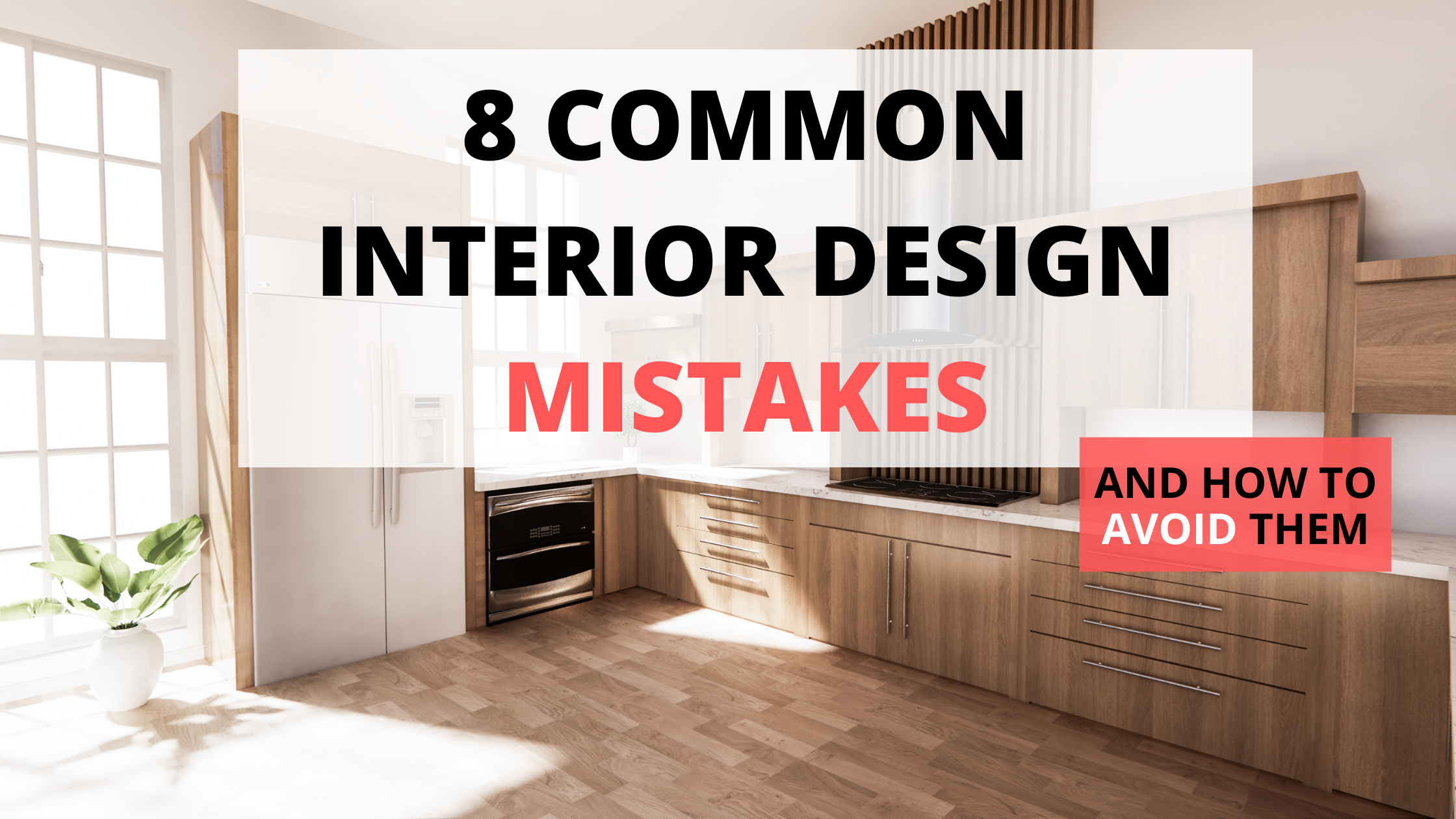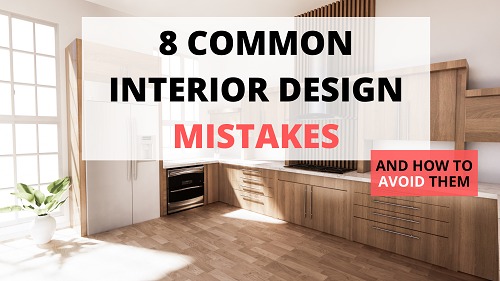Fixing your interiors is a two stepped process. The first one requires the skillset of an Interior Designer or Architect. Most of us spend our attention and energy on this phase.
However, there is an equally important second phase, which most of us tend to ignore. And this is nothing but the execution of the interior design. i.e how the design on paper is translated into real interiors.
A lot can go wrong during the execution of your interior design. Let us have a look at 8 common mistakes in executing interior design. We’ll also see how as a homeowner/home buyer you can avoid them.

You are I are completely different, our tastes are different, our preferences are different, and our choices may be different too. For the same reason, there cannot be one interior design product that fits all.
Each family with its unique needs, should have a customized interior solution for their homes. Prefabricated interior designs may not always work for all. The prefabricated designs are produced in a mass scale and are more appropriate for apartments, hotels etc. Agreed, there is a price advantage due to the large-scale manufacture, but it wouldn’t give your home a signature style.
For independent residences, if cost is not the primary deciding criteria, go for unique and customized interior design solutions, that you wouldn’t also see in your friend’s home down the street.
When it comes to the materials used for interiors, it is only natural to be tempted to use the lowest cost materials, across the board. At the time of installation, due to the cost advantage it offers, it may seem the right choice to make.
However, as time passes, the materials may start showing signs of wear, due to its unsuitability for the purpose. For instance, in areas highly prone to wetness like bathrooms or balcony, you should always go for water resistant/ waterproof materials, even at the cost of shelling out that extra initial investment.
Have a look at the different materials used for interior design.
Hinges, locks, handles, brackets are some of the hardware products that are used in the interiors. Always ensure that the hardware products used are of high quality. Choose branded products that come with a warranty. In short, do not go for cheap over the counter products, but choose the ones that are proven in the marketplace.
For instance, door hinges are available in a wide range of prices. Trying to save a few rupees while purchasing them will adversely affect the durability of the doors. Furthermore, replacement of these hinges later will incur additional labour charges. Also, refixing of such hardware products will not give the same tightness in fixing as with the first time.
Interior work can be executed either as manual or machine work. The processes involved in both are different and yield different results.
For example, a cupboard work can be done at site by cutting the plywood, shaping it, fixing the laminate, and installing it. This is a manual task done by a carpenter and is naturally prone to human errors. Moreover, the finished product may not look as perfect as a machine-made product.
In contrast, a machine work may look more perfect, but you wouldn’t get the same level of customization as with the handmade work.
So, first you choose the type of product and finish you would like to see and then hire the team that is best suited to execute the same.
By the time you fix your interiors, the tiling, painting, sanitary fittings of the house would have already been decided and implemented. Take care that the interior design products like mica, laminate etc and the colours you choose, match with the colour scheme and tiling used for the house.
Else the aesthetics of the house will be ruined completely. It is best that you choose all the products for your home like materials for interiors, paints, tiles, sanitary fittings etc, keeping in mind one single theme.
You are the best judge of how much space you require for storage in your house, and in what format. For example, some people might prefer to hang their clothes in a cupboard rather than folding and placing them one on top of another.
Or you might need more shelves of smaller size than a single shelf in the kitchen. You would prefer your kitchen storeroom to be large enough to hold groceries for a month.
All these are individual preferences known best to YOU. So, while finalizing your cupboards, instead of merely fixing the exteriors, handles etc, pay some thought on how you would like to use them and design accordingly.
This will prevent your storage cupboards from being unusable later.
Make sure that the laminates that you choose and pay for are the ones that are getting delivered to you. Do a market study and don’t be fooled by low quality look-alikes.
Make sure that the laminates that you use are properly glued in. Use of poor glue may result in the laminates peeling off due to the atmospheric heat. Choice of glue becomes very important and make sure your vendor doesn’t use any cheap, low-quality adhesives. It would be good if you can visit the vendor’s unit to verify the process they follow.


